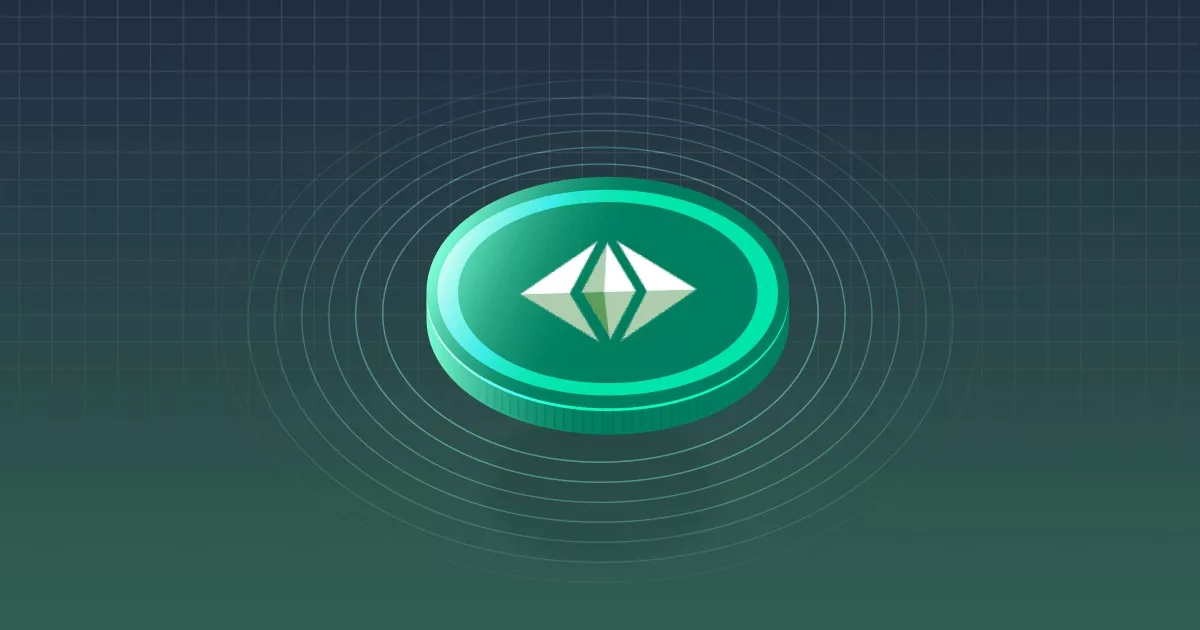
Are you interested to explore the fundamentals of Ethereum Classic (ETC) and delve into its unique characteristics?
Well, you have come to the right place.
In this guide, we’ll discuss the differences between Ethereum and Ethereum Classic, examine how Ethereum Classic ensures network security, and provide insights into its future development plans.
Whether you’re new to Ethereum Classic or seeking a deeper understanding, this article will equip you with the knowledge to navigate the world of Ethereum Classic and gain insights into its future prospects.
What is Ethereum Classic?
Ethereum Classic (ETC) is a decentralized blockchain platform that emerged as a result of a contentious hard fork from the original Ethereum network in 2016.
The split occurred due to a disagreement over how to handle a significant hack known as “The DAO Hack” that resulted in the theft of a large amount of funds.
In 2016, a decentralized autonomous organization (DAO) named “The DAO” was created on the Ethereum blockchain. The DAO was essentially a smart contract that allowed participants to invest funds and have a say in the governance and decision-making of the organization. However, a vulnerability in the smart contract code was exploited, resulting in the theft of a significant amount of Ether (ETH).
While the majority of the Ethereum community supported a fork to reverse the theft and restore the stolen funds, a minority believed in maintaining the immutability and decentralization principles of blockchain technology. This minority continued to support the original Ethereum chain, which became Ethereum Classic.
Ethereum Classic has gained its own set of supporters, developers, and projects, exploring different use cases such as decentralized finance (DeFi), tokenization, and Internet of Things (IoT) applications.
Difference between Ethereum Classic and Ethereum
Ethereum Classic shares many similarities with Ethereum in terms of its underlying technology and capabilities. It enables the execution of smart contracts and the development of decentralized applications (dApps) on its platform.
Despite the shared origins with Ethereum, Ethereum Classic has evolved as a separate blockchain with its own distinct community and development ecosystem.
It aims to provide a platform where code is law and transactions are irreversible, emphasizing the principles of decentralization and immutability.
Also, while Ethereum moved to the proof-of-stake (PoS) algorithm, Ethereum Classic remains to use the proof-of-work (PoW) mechanism, known as Ethash, to secure its network and validate transactions.
Technology Behind Ethereum Classic
Ethereum Classic (ETC) is built on a technology stack similar to that of Ethereum, with some variations and improvements.
The core technology behind Ethereum Classic can be divided into three main components — Ethereum Virtual Machine (EVM), smart contracts, and consensus mechanism.
1. Ethereum Virtual Machine (EVM)
EVM is a runtime environment that executes smart contracts. It provides a sandboxed and isolated environment where developers can deploy and run their decentralized applications (dApps).
The EVM is Turing-complete, meaning it can execute any algorithm or program that can be expressed computationally.
2. Smart contracts
Smart contracts are self-executing contracts with predefined rules encoded onto the blockchain. They facilitate the exchange of assets and information without intermediaries.
Ethereum Classic allows developers to create and deploy smart contracts using Solidity, a high-level programming language specifically designed for the Ethereum ecosystem.
3. Consensus Mechanism
Ethereum Classic employs a consensus mechanism called Ethash, which is a proof-of-work (PoW) algorithm. Miners compete to solve complex mathematical puzzles to validate transactions and secure the network. This PoW mechanism ensures the integrity of the blockchain and prevents malicious activities like double-spending.
Future Outlook
The future outlook of Ethereum Classic (ETC) depends on various factors and the evolving landscape of the blockchain industry.
One of the key factors that could influence the future of Ethereum Classic is its ability to differentiate itself from other blockchain platforms. Ethereum Classic’s emphasis on immutability and preserving the original principles of blockchain technology could attract developers and users who prioritize these aspects. Its solid technology foundation, established ecosystem, and active community provide a solid foundation for growth.
Ethereum Classic has the potential to find its niche in specific use cases that require immutability, such as supply chain management, decentralized finance (DeFi), and Internet of Things (IoT) applications. Additionally, collaborations and partnerships with other projects and platforms could enhance its ecosystem and expand its reach.
Furthermore, regulatory developments and the overall acceptance of blockchain technology could impact Ethereum Classic’s future. As governments and institutions establish clearer frameworks and guidelines, it could foster a more favorable environment for Ethereum Classic to thrive.
Ultimately, the future of Ethereum Classic relies on its ability to adapt, innovate, and meet the evolving needs of the blockchain industry while staying true to its core principles.
Conclusion
Ethereum Classic (ETC) is a decentralized blockchain platform that emphasizes immutability and decentralization. It emerged as a result of a contentious hard fork from the original Ethereum network.
With a vibrant community, robust technology foundation, and a focus on preserving the principles of blockchain, Ethereum Classic holds potential for specific use cases and continued growth.
As the blockchain landscape evolves, Ethereum Classic remains an intriguing platform to watch, offering a unique perspective on dApps and the future of blockchain technology.
FAQs
1. What is the difference between Ethereum and Ethereum Classic?
Ethereum (ETH) and Ethereum Classic (ETC) are two separate blockchain platforms that originated from the same source but diverged due to a contentious hard fork in 2016.
The main difference lies in their response to a significant hack on the original Ethereum network. ETH implemented changes to reverse the hack, while ETC maintained the original chain, emphasizing immutability and decentralization.
2. How does Ethereum Classic ensure network security?
Ethereum Classic (ETC) ensures network security through a proof-of-work (PoW) consensus mechanism called Ethash.
Miners compete to solve complex mathematical puzzles to validate transactions and secure the network. This PoW mechanism prevents malicious activities like double-spending and ensures the integrity of the blockchain.
3. How can Ethereum Classic be used for decentralized applications?
Ethereum Classic (ETC) can be used for decentralized applications (dApps) by leveraging its smart contract functionality.
Developers can create and deploy smart contracts using Solidity, a high-level programming language. These dApps can facilitate various use cases, including decentralized finance (DeFi), gaming, supply chain management, and more.
ETC’s emphasis on immutability and decentralization provides a secure and transparent environment for dApp development and execution.




